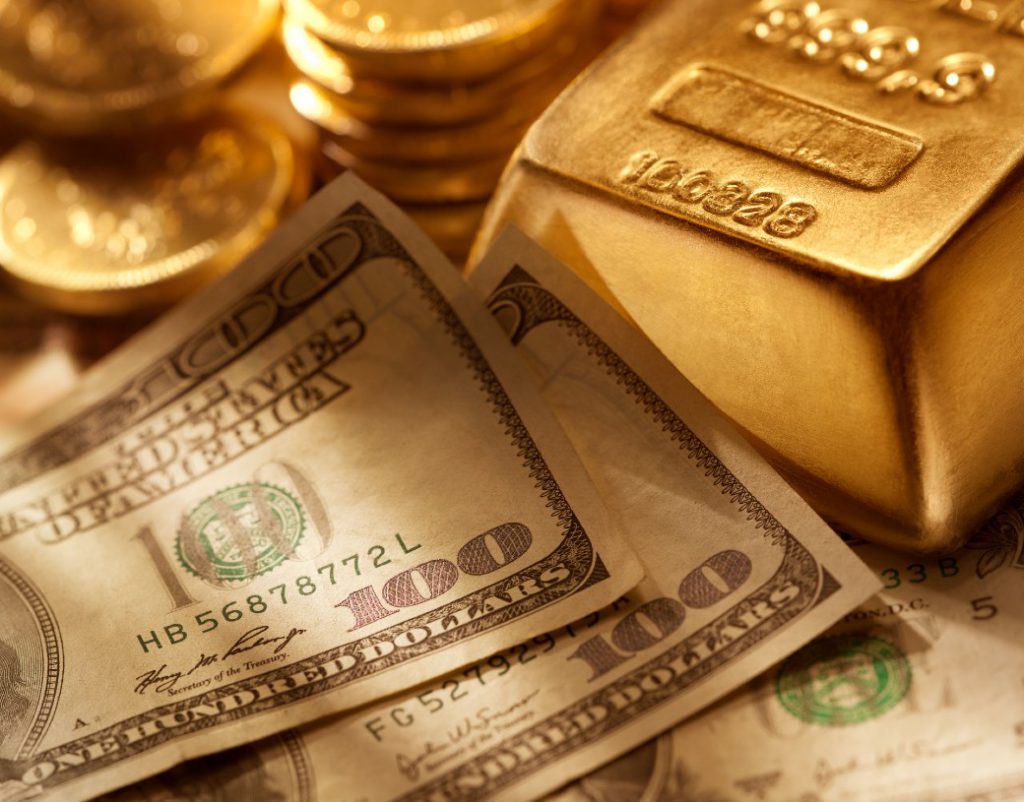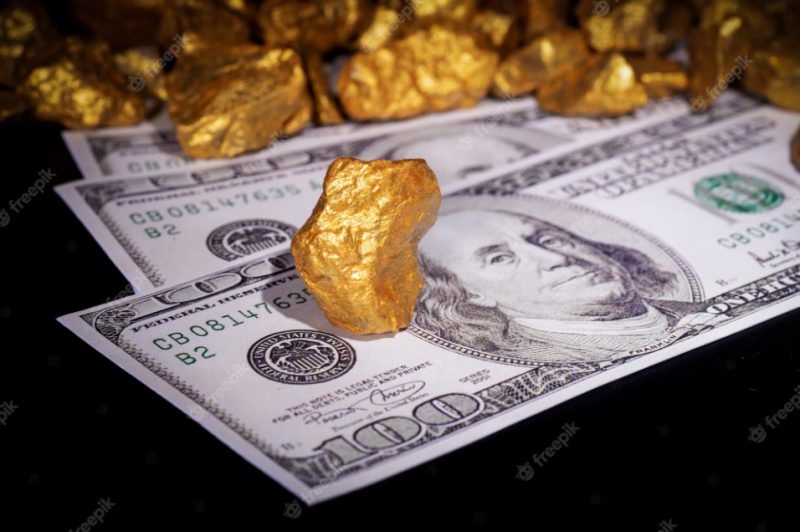BRICS countries are buying massive amounts of gold to topple the dominance of the U.S. dollar on the global stage. The developing nations want to rely less on the U.S. dollar by creating a new currency to settle international trade. According to the latest report from U.S. Global Investors, BRICS nations have increased their gold buying expenditure in 2023.
Also Read: BRICS: U.S. Dollar Fading as Supply & Demand Dips
The BRICS nation’s Central Banks are buying gold at a record pace in both Q1 and Q2 of 2023. The World Gold Council published a report saying that China purchased 102 tonnes of gold, while Russia purchased 31.1 tonnes of the precious metal. In addition, India added 2.8 tonnes to its gold reserves in 2023, for the first time in more than a year. India accumulated gold for several months and could add more by the end of the year.
BRICS Trying to Topple U.S. Dollar With Gold


The development puts the dollar on the back foot as gold could be used as collateral and not the USD. Over time, BRICS nations could rely more on their gold reserves and not hold the U.S. fiat in their treasury. The global trade dominance could be tipping towards BRICS as they lay out new paths to topple the dollar.
The alliance of BRICS nations needs gold to back their native currency and shift away from the dollar. The USD has served as the global reserve for nearly a century and its position is being challenged in 2023. The CEO of U.S. Global Investors Frank Holmes said that the pattern of BRICS nations buying gold is worrisome.
Also Read: BRICS Advancing To Eliminate U.S. Dollar Financial System
“If you look back at the list of net buyers (gold). You’ll notice that three are members of the BRICS countries (Russia, India, and, China). I point this out because, as I’ve been sharing with you for a couple of weeks now, we may be seeing the emergence of a multipolar world, with a U.S.-centric world on one side and a China-centric world on the other,” he said.





